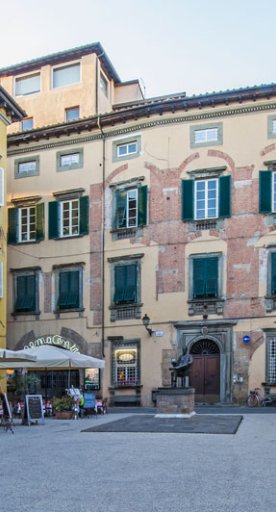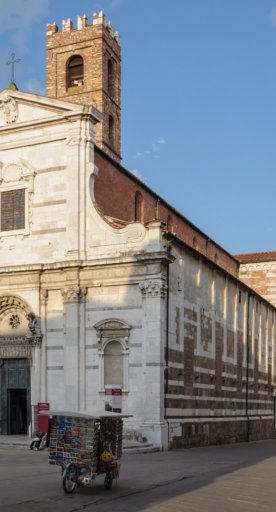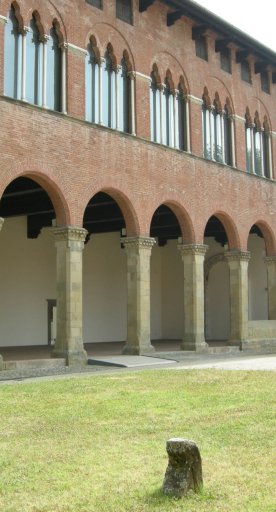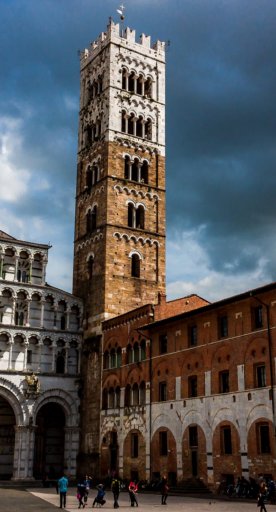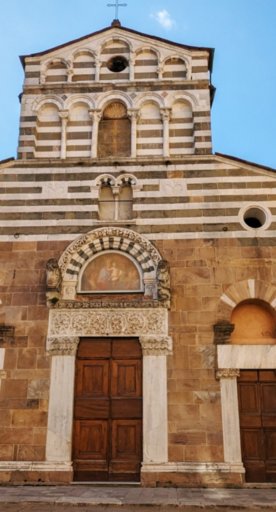Piazza dell'Anfiteatro
The ruins of the ancient Roman amphitheater have been incorporated into an extraordinary square
Piazza dell'Anfiteatro in Lucca is one of the most beautiful squares in Tuscany, with its circular shape and colorful buildings looking out onto it, as well as being a must-see destination for those visiting the city of the walls.
The splendid, unique square is built on the ruins of the ancient Roman amphitheater, which was built in the 1st or 2nd century AD outside the city walls at that time, near the north gate, so that it was easy for spectators coming from the surrounding area to get to it.
The elliptical-shaped building consisted of two overlapping series of 55 arches and could hold up to ten thousand people.

The amphitheater later fell into disrepair, was robbed of all its columns and, for centuries, was used as a sort of warehouse for building materials. During the Middle Ages it was known as "grotte” (caves).
Houses and buildings began to be built on the ruins and, as it was built over the ruins of the amphitheater, it retained its elliptical shape.

The present-day square is the result of the work of architect Lorenzo Nottolini. In 1830, he freed the central space of the arena from the buildings that had been constructed there over the centuries and created Via dell'Anfiteatro. Thanks to Nottolini's skillful work, Piazza dell’Anfiteatro is now one of the most unmissable destinations that make Lucca a unique city.
The square - which was used as the site of the city market until the mid-twentieth century - can be accessed through four gates and, in the center of the arena, there is a cross marking the perfect intersection between the gates.


